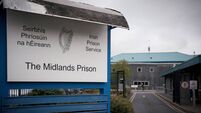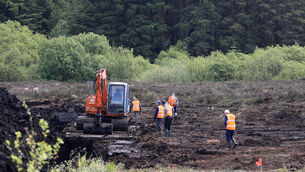Mystery trigger caused cancer surge
Experts admit they have no idea what lies behind the global epidemic of oesophageal adenocarcinoma, which affects the gullet or food pipe.
Known risk factors such as smoking, obesity, and acid reflux cannot account for the rise on their own.













